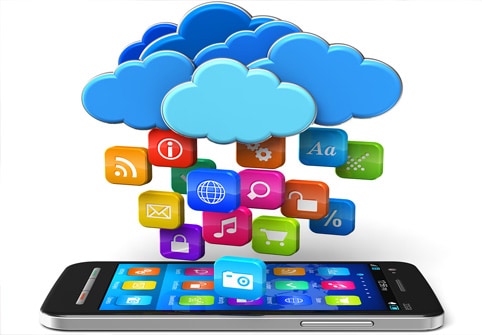

Here are 125 positive report card comments for you to use and adapt!

It's report card time and you face the prospect of writing constructive, insightful, and original comments on a couple dozen report cards or more. Once students “like” or follow the material, they will enjoy a convenient stream of educational material right on their mobile phone.Īrticle by Jason Tomaszewski, EducationWorld Associate Editor To explore the possibilities, try searching for classroom-relevant topics on social-media platforms. These resources-along with other Twitter, Facebook and Instagram pages devoted to academic subjects-are tremendous ways of getting students engaged in academic subjects. “Low level surveillance over San Cristobal shows heavy tire tracks, suggesting missile readiness drills,” one tweet reads. Followers of see tweets tied to the actual events that took place on the same calendar day, albeit many years earlier.Ī similar project reports goings-on during the Cuban Missile Crisis offers 140-character reports on the event from the perspective of an eyewitness. One such effort, RealTimeWWII, offers the events of World War II in real time via Twitter. Teachers and students can use these features to access several social media-based educational projects. Nearly all mobile devices come pre-loaded with social media software, or at least support it. Browse EducationWorld’s extensive collection of classroom-worthy Web sites here.

#Teacher software for cell phones and teaching full
As today’s cell phones are effectively miniature computers capable of browsing full versions of sites, teachers can leverage these resources into a whole-class session. One more idea: The adventurous tech-savvy teacher can use his/her mobile phone to access any number of classroom-appropriate Web sites. An alternative to presenting the information via lecture or having students read it from a textbook, discussion-integrated Web searches are potentially more engaging, increasing the odds that students will retain the information.Īt museums, kids can use their phones to find additional exhibit information that they then enter on a trip activity sheet. Teachers might ask students to run a Google search for information on a particular topic. Mobile phones can also help facilitate class discussion. On field trips, students can participate in scavenger hunts by snapping pictures of items on a teacher-supplied list. In seconds, kids can grab a detailed image of a teacher’s notes on the board and email it themselves, resulting in an incredible study tool. Others allow students to capture photographs of a post-lecture whiteboard. Some schools encourage students to use their phones’ cameras to snap pictures for use as inspiration in art classes. “If I tell, ‘Okay kids, take out your cell phones, we’re going to poll in our answers for number 7-everybody go ahead and text,’ I get 90 to 100 percent participation,” New Milford (NJ) high-school math teacher Jeff Fiscina told CBS New York.Īs more and more schools adopt a mobile-friendly classroom philosophy, opportunities to use the devices are expanding. For example, many schools use the devices to poll students in class via text message. While mobile-phone use should be limited to situations where the technology genuinely enhances instruction, the advanced functionality of today’s cell phones makes them ideal for 21st-century lessons. Yet an increasing number of educators are now turning to cell phones in order to bolster student engagement and learning. Since mobile phones’ explosion in popularity, many schools have resisted, or even banned, their use in the classroom. More Great Uses for Mobile Phones in Class


 0 kommentar(er)
0 kommentar(er)
